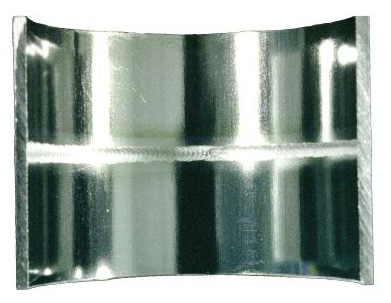GenIke
Well-Known Member
So I bought a new kettle and burners so I could get off the stove and outside for my brewing.
I bought a stainless kettle that has 2 welded ports. I scrubbed it up with some bar keepers friend and dried. Then I screwed on the ball valve and thermometer and filled it with tap water to make sure I didnt have any leaks. I left it sit over night.
This morning I checked it and there is some discoloration on the bottom of the kettle and some pretty noticeable staining around where the ports are welded.
Is this normal? I dont want to use it if I should just cut my losses and send this thing back.
I bought a stainless kettle that has 2 welded ports. I scrubbed it up with some bar keepers friend and dried. Then I screwed on the ball valve and thermometer and filled it with tap water to make sure I didnt have any leaks. I left it sit over night.
This morning I checked it and there is some discoloration on the bottom of the kettle and some pretty noticeable staining around where the ports are welded.
Is this normal? I dont want to use it if I should just cut my losses and send this thing back.








